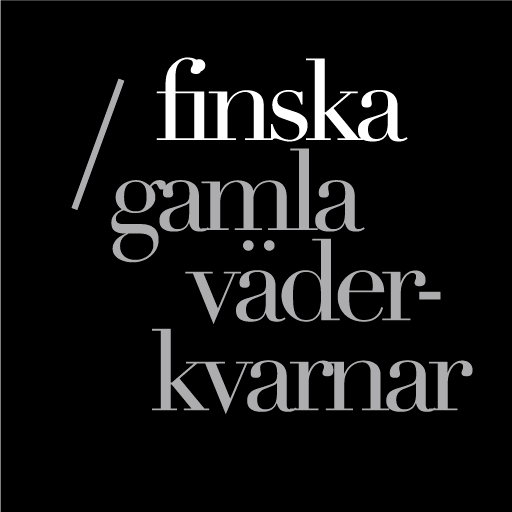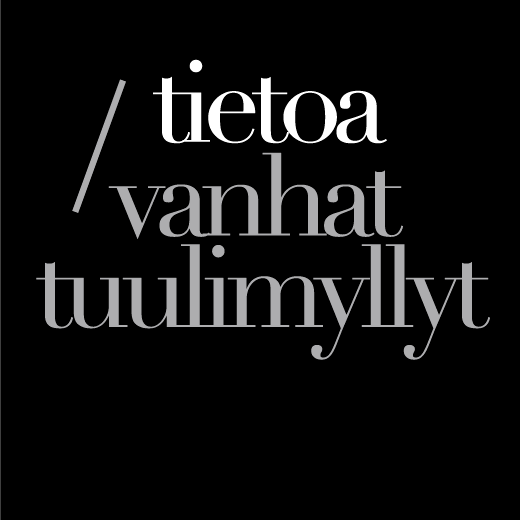Sustainable Heritage was the name of an international project within the field of building conservation. Thanks to a group of inspired teachers, excellent craftsmen and open–minded students the cooperation resulted in more than a dozen successful intensive weeks over the past years. The project was established in the year 2007 among three universities—Novia UAS in Finland, Uppsala University in Sweden and Estonian Academy of Arts. The courses were hosted by the three universities in turns… derived from the unique historic surroundings of each university campus every course featured a new theme.
When students of different disciplines meet, they naturally exchange ideas and experiences and develop contacts over cultural, national, professional and language barriers. At the same time their hands-on work during each course and the obtained new insights in the field of conservation have contributed in their professional lives to the rescue and maintenance of the built heritage. Several hundred students of architectural conservation, conservation of artefacts and paintings, structural engineering and site management from the three universities have taken part in both the practical and theoretical education of the Sustainable Heritage courses. The conclusions of these experiences are presented in professional reports—eight of which are shown here.
While the described cooperation continues on university level another theme of conservation has sprung to life, namely saving the windmills of Finland. The continuation of this web site is dedicated to presenting the wonders of Finnish windmills and the extensive and versatile subject of looking after them in an appropriate manner. Finnish windmills have never been studied properly, except for two occasions: once in the 1970’s, when Rex Wailes and Auvo Hirsjärvi wrote four small, concise booklets based on their travels around the country, and today by Leo van der Drift and Kirsti Horn who have collected information and taken photographs for the worldwide mill database which is run by several Central European mill societies (The International Molinological Society, Schweizer Mühlenfreunde, DGM Baden–Württemberg and Mühlenvereinigung Niedersachen/Bremen). We know now that the windmill heritage is truly rich and unique in Finland… stay with us and get acquainted.
Phase I: Sustainable Heritage 2008–2011
The three year project Sustainable Heritage was a partner project in Building Conservation involving Uppsala University, Campus Gotland in Visby, Sweden, the Estonian Academy of Arts in Tallinn, Estonia and Novia University of Applied Sciences in Ekenäs, Finland. The project was started in 2008 as a result of the interest in all three countries to promote cooperation in a field that is both urgent and valuable and of equal importance in all the participating countries.
Students greatly benefit from working in an international team as they acquire valuable knowledge and skills when facing differences in working methods, tradition and culture. Joint international projects add value to the specific courses within the field Building Conservation in the participating countries and make the students in the global field of Building better prepared for solving problems on an international as well as national level.
The project Sustainable Heritage was planned and scheduled for a period of three years, 2009–2011, each year focusing on a specific theme. The three parts of the project series have been:
- Lime Rendering in Old Buildings — Hands–On Work in September 2009, in Visby, Gotland, Sweden
- Restoration and Reuse of Manor Houses — Hands–On Work in September 2010, in Tallinn, Estonia
- Tiled Stoves in Old, Traditional Building — Hands–On Work September 2011, in Ekenäs, Finland
Each intensive course comprised 3 ECTS credit points and included lectures, hands–on project work and excursions as well as establishing personal contact through social and cultural activities. An average of two teachers and nine students from each country participated in the annual intensive course programme.
The online project site was established during this phase—from the start it was used for both preparation and evaluation of the courses as well as spreading acquired knowhow within the specialized field of interest. This also secured a continuation of the established professional, vocational and personal contacts. Each course resulted also in an academic report which is published online and printed in a limited edition:
- Lime Rendering; Sustainable Heritage Report No. 1 / Kirsti Horn (ed.) – Vaasa: Novia University of Applied Sciences, 2011
- Restoration Crafts and Practises at Seidla Manor in Estonia; Sustainable Heritage Report No. 2 / Kirsti Horn (ed.) – Vaasa: Novia University of Applied Sciences, 2012
- Manual for Dismantling, Documenting and Rebuilding Historic Tiled Stoves; Sustainable Heritage Report No. 3 / Kirsti Horn (ed.) – Vaasa: Novia University of Applied Sciences, 2012
Phase II: Sustainable Heritage / Traditional Wooden and Masonry Buildings in the Baltic Sea Region 2012–2014
The three year project Sustainable Heritage was a partner project in Building Conservation involving Uppsala University, Campus Gotland in Visby, Sweden, the Estonian Academy of Arts in Tallinn, Estonia and Novia University of Applied Sciences in Ekenäs, Finland. The project was started in 2008 as a result of the interest in all three countries to promote cooperation in a field that is both urgent and valuable and of equal importance in all the participating countries.
Five intensive courses were given between 2012 and 2014:
- Stone Walls — Hands–On Work in Autumn 2012, in Visby, Gotland, Sweden
- Wooden Roofs and Traditional Surface Treatment of Wood — Hands–On Work in Spring 2013, in Ekenäs, Finland
- Reconstructing Stucco and Plasterwork — Hands–On Work in Autumn 2013, at Voltveti Manor, Pärnu, Estonia
- Historical Wooden Constructions — Hands–On Work in Spring 2014, on Gotland, Sweden
- Brick Constructions and Vaults — Hands–On Work September 2011, in Ekenäs, Finland
Each course resulted in a publication:
- Handbook for Building and Repair of Stone Walls; Sustainable Heritage Report No. 4 / Kirsti Horn (ed.) – Ekenäs: Traditional Wooden and Masonry Structures in the Baltic Sea Region, Sustainable Heritage reports 2013
- Plank Roof and Traditional Paintwork; Sustainable Heritage Report No. 5 / Kirsti Horn (ed.) – Vantaa: Traditional Wooden and Masonry Structures in the Baltic Sea Region, Sustainable Heritage reports, 1/2014
- Decorative Plasterwork at Voltveti Manor; Sustainable Heritage Report No. 6 / Kirsti Horn (ed.) – Vantaa: Traditional Wooden and Masonry Structures in the Baltic Sea Region, Sustainable Heritage reports 2/2014
- Windmills in Estonia, Finland and Sweden; Sustainable Heritage Report No. 7 / Kirsti Horn (ed.) – Vantaa: Traditional Wooden and Masonry Structures in the Baltic Sea Region, Sustainable Heritage reports, 1/2015
- Handbook for Building a Root Cellar
Phase III: Sustainable Heritage 2015–2017
The third phase of the project consists of three annual courses spanning from 2015 to 2017. At a meeting in Tallinn in January 2015 an outline for the program for the next three years was drawn by the partner organisations i.e. Novia University of Applied Sciences (Finland), Uppsala University (Sweden), Estonian Academy of Arts and Estonian Open Air Museum (Estonia). It was decided that the Sustainable Heritage Project should be continued on much the same principles as it had been run so far.
- Conservation of Wall Paintings — Hands–On Work in Autumn 2015, at Suuremõisa Manor, Hiiumaa, Estonia
- Lime Mortar — Hands–On Work in Autumn 2016, on Gotland, Sweden
- Instruments for monitoring old structures — Hands–On Work Autumn 2017, in Ekenäs and Raseborg, Finland
Each partner organisation will bring their expertise to serve the shared interest in educating the young professionals to look after our heritage. The events will be organised in turns in the partner countries. The best professionals will be engaged as teachers, and the overall object is to sustain our built heritage also in the future.




